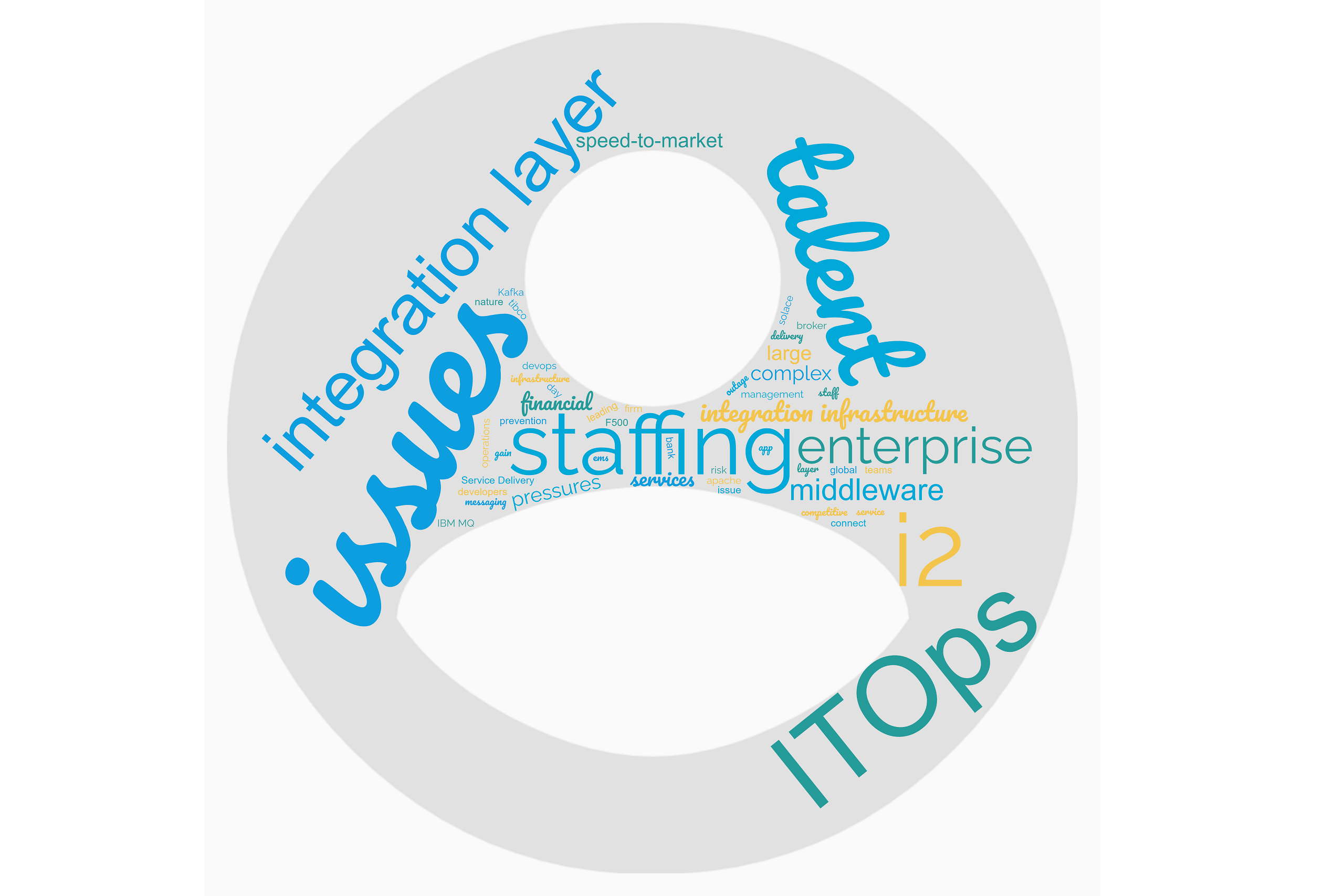Last year we published this blog post about the benefits of IBM MQ streaming queues. On July 15th, 2022 this functionality was also made available for MQ on the mainframe (z/OS) and it’s also been announced for the MQ appliance for Aug 2nd, 2022.

The meshIQ blog provides insights into pivotal and disruptive technologies, such as Hybrid Cloud, i2M, Messaging Middleware, AI, blockchain, and more contributed by MeshIQ experts and innovators.
Integration and middleware staffing issues within IT Operations and Service Delivery teams are common, even in the largest enterprises. Here is the story of one large enterprise:
Talent Issues at a Large Global Financial Services Firm
Because of the complex nature of their messaging middleware and overall integration infrastructure (i2) environment, the organization required specialists for each management tool or platform, whether from a middleware vendor, homegrown solution, or third-party management tool.

When IBM MQ 9.3 was released last month, as discussed here, it was notable (and noted) that this was just for distributed platforms and that news of the mainframe and the appliance would follow.

Continuous Integration and Continuous Delivery (CI/CD) is perhaps best represented by the infinity symbol. It is something that is constantly ongoing, new integrations are rolled out while not interrupting the flow of information that is already running, as to stop systems in order to update them can be costly and inefficient.

Selecting the right middleware for your company can be one of the most important decisions that you can make at the outset of a software project, as this will determine how well your business performs going forward. We look at some of the key features from the major integration software providers below.

Total Economic Impact Study evaluates potential business benefits and cost savings enabled by Nastel’s Integration Infrastructure Management (i2M) Platform
Organizations struggle to effectively manage what is often an invisible layer of integration infrastructure (i2) (e.g., Kafka, MQ, Integration Brokers, REST APIs, PubSub, etc.).

Many companies’ enterprise resource planning systems, which house their most valuable data, are still too vulnerable.
What would happen if your enterprise resource planning (ERP) system were attacked? For many companies, the consequences would be devastating.

Distributed systems are highly scalable and efficient — but only when integrated into a powerful network. A distributed system can only function if all its applications can communicate effectively with one another. However, this is often easier said than done due to the multi-layered nature of modern architectures.

Formed in 2021, the Nastel Technologies Advisory Board is made up of business and IT leaders from a wide variety of sectors, across the world. These enterprise leaders and innovators understand the incredibly important role of planning for, and the management of, the integration infrastructure (i2) layer (including messaging middleware, APIs, and much more) in their enterprises to enable meeting IT and larger corporate goals in 2022.
